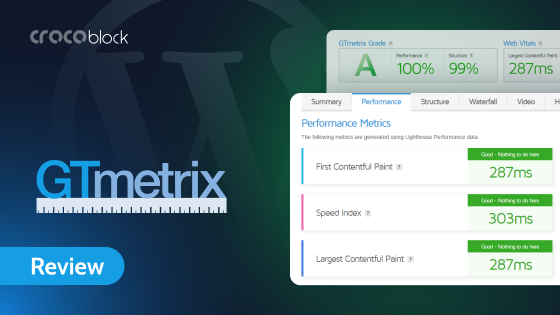Functional testing is an important part of most software development cycles, giving testers a cohesive, consistent way to check that the project they are working on is working as it should.
This is particularly important in a web development context and can have benefits for WordPress sites as well as for all sorts of other online services.
If you’re new to the concept of functional testing, read on to get a straightforward explanation of what it involves and how it applies to WordPress sites in particular.
Defining Functional Testing
When you go to perform functional testing, the broad goal is to see if the software is fulfilling the functions that it was designed for.
This is achieved by submitting an input, and observing how the output compares with the specific requirements of the software.
Most significantly, this is a type of black box testing. This keeps the nuts and bolts of how the software is actually functioning out of sight of the testers. As such, testers do not need to be coding experts in order to glean valuable insights from functional testing.
In addition, functional testing is something that is carried out using external tools, rather than via testing solutions integrated with the software itself. The upshot is that tests can be automated to a great extent, enabling developers to be more rigorous in their testing, and also making it easier to test projects more frequently, both during development and after launch.
Exploring Testable Functions
Now you have an idea of the general purpose of functional testing, it’s helpful to look at some aspects of the software that can be scrutinized using it. This should begin to reveal the relevance to WordPress websites as well.
Aside from the wide-ranging question of whether or not the software works at a basic level, the next area of focus for functional testing is usability. So in the case of a website, usability testing will determine how straightforward it is for users to move from page to page, navigating to where they want to go.
Barriers to usability on a WordPress site are many and varied, ranging from inconsistent formatting and unintuitive menu behavior to poor performance and bad page load speeds.
Unless you are aware that these problems exist, you won’t be able to fix them, and they are pretty fundamental to guaranteeing a good user experience.
Accessibility is also explored as part of functional testing. So for a website, that means checking to see whether the goals for accessibility have been met, and also whether there are any unforeseen issues with the way pages are presented to visitors.
If you are intending to appeal to as many audience members as possible, and if your WordPress site is the public face of your business on the web, then these are all things you need to take seriously.
Lastly, functional testing can also account for known error conditions; so for a WordPress site, this might mean someone entering an incorrect URL, and the site serving them with a 404 error page letting them know that the page they are looking for does not exist, or could not be found on the server at this time.
Error conditions are a function of a website, as well as of many other types of software, so it is logical that they would be covered by functional testing.
How to Handle Functional Testing?
The way functional testing is orchestrated is the same whether you are working on a WordPress site or any other project across the sphere of modern software.
First, it’s necessary to know what functions are being tested and determine the input data needed to check if they work as intended.
Next, you need to calculate the anticipated outcome, based on the input values being used. Then you can follow through with the testing itself, whether using manual methods or automated tools.
Finally, you can compare the results you receive from testing with the expected results you calculated earlier.
So in the case of a WordPress site, say you wanted to test the login function for users who had already created accounts. You would set the input values as the login details and the interactions needed to enter and confirm them on the site and have the expected outcome being a smooth login and progress to the relevant target page.
If the test is executed and the actual results match the expected results, all is well. If something goes awry, you have a point of comparison on which to base your troubleshooting.
This is a very simplistic example, but it can be extrapolated and applied to all sorts of functional testing scenarios. And of course, by its very nature, functional testing can not only be automated but also outsourced, which is great news for WordPress site owners who have limited internal resources to run tests themselves.

